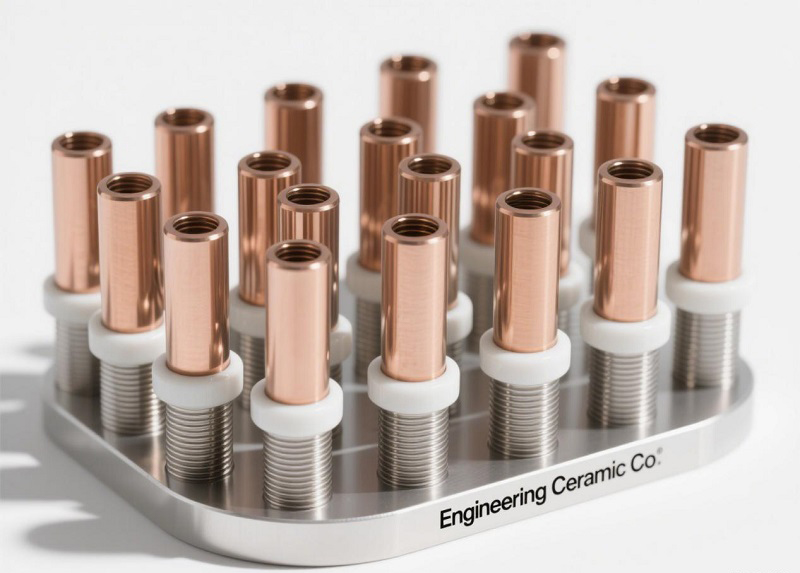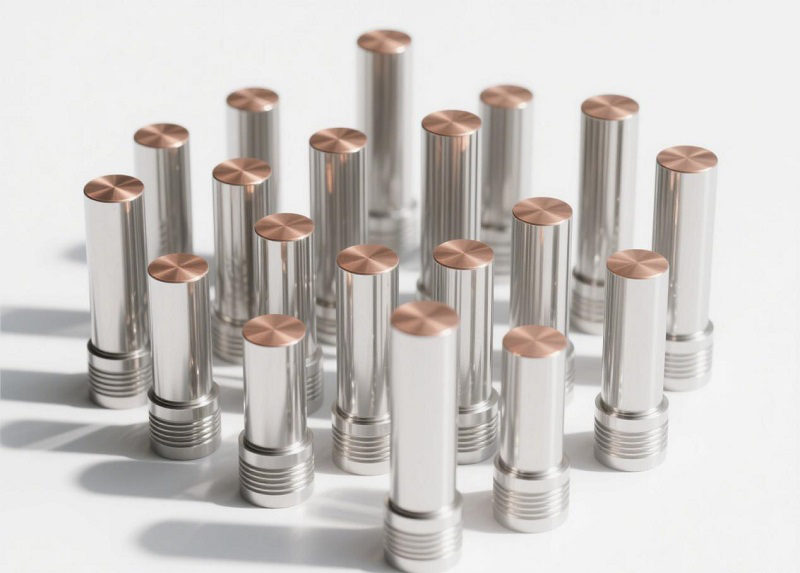
Engineering Ceramic Co.,( EC © ™) Report:
EC Vacuum Feedthroughs – Technical Overview
EC specializes in high-performance vacuum feedthroughs featuring:
✔ Ceramic insulators (Al₂O₃/AlN) for ultra-high voltage isolation
✔ Vacuum brazing technology (leak rate <10⁻⁹ mbar·L/s)
✔ Hermetic sealing for turbomolecular/ion pumps (UHV/XHV compatible)
✔ Custom configurations for semiconductor, aerospace, and research applications


Table 1: Classification by Working Principle


Table 2: Classification by Vacuum Level

Key Selection Criteria
1.Ultimate Vacuum Level
The required vacuum level should align with process specifications. For example: Semiconductor manufacturing typically requires vacuum levels below 10⁻⁶ Pa Industrial processes may operate effectively in the 10⁻¹ to 10² Pa range
2.Pumping Speed
Measured in liters per second (L/s) or cubic meters per hour (m³/h) Must be sized appropriately for the chamber volume and gas load High-throughput applications (e.g., vacuum furnaces) may require 1,000+ m³/h

3.Gas & Chemical Compatibility
●Standard applications: Standard materials (stainless steel, aluminum)
●Corrosive environments: Requires specialized materials such as:
●PTFE-coated components (for acid resistance)
●Hastelloy or nickel alloys (for aggressive chemistries like chlorine)
4.Energy Efficiency & Maintenance
Oil-sealed pumps:
●Lower initial cost
●Require regular oil changes (every 2,000–4,000 hours)
●Risk of oil contamination in sensitive processes
Dry (oil-free) pumps:
●Higher initial investment
●Maintenance-free operation (no oil changes)
●Preferred for clean processes (e.g., pharmaceuticals, food)


Statement: The article/news/video is from the Internet. Our website reprints for the purpose of sharing. The copyright of the reprinted article/news/video belongs to the original author or the original official account. If there is any infringement involved, please inform us in time, and we will verify and delete it.